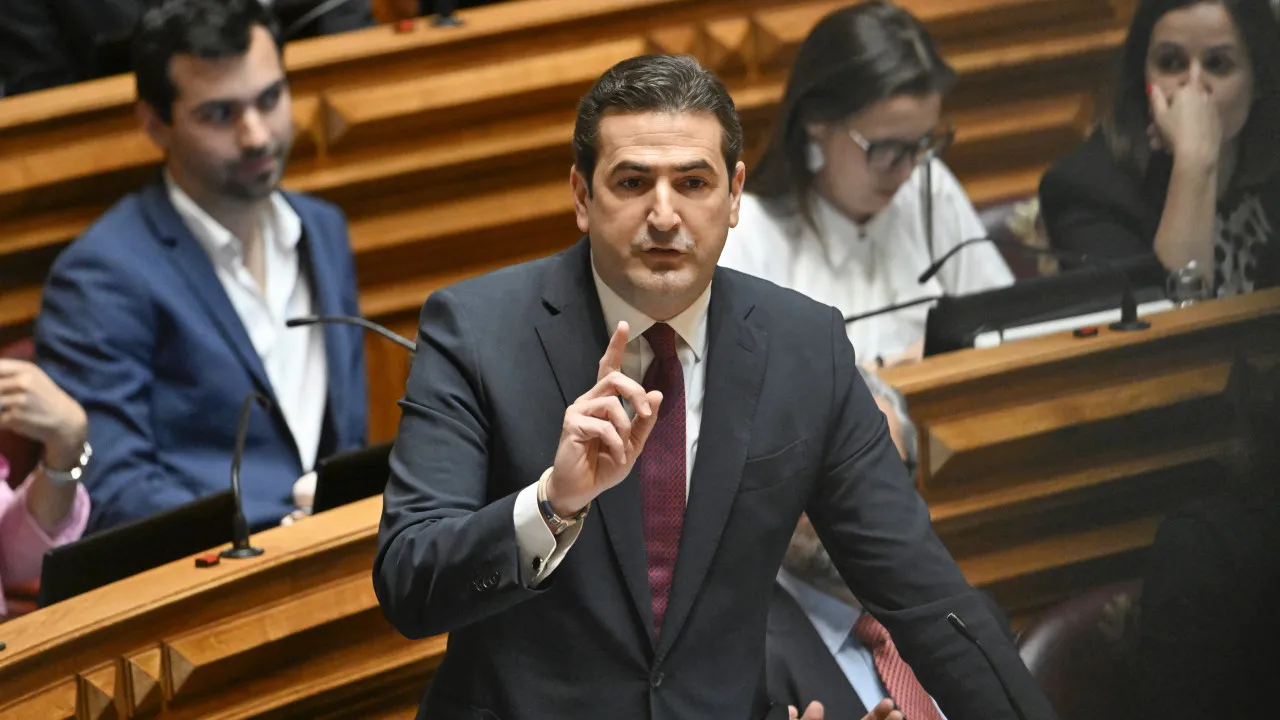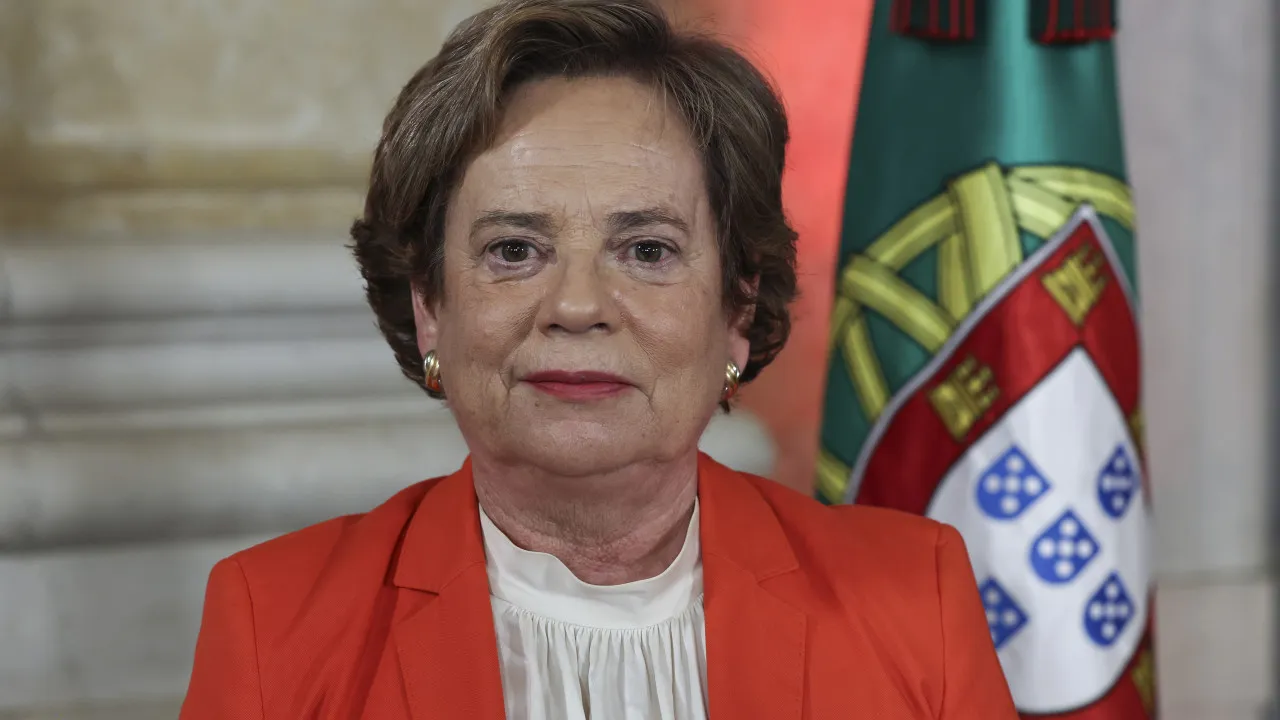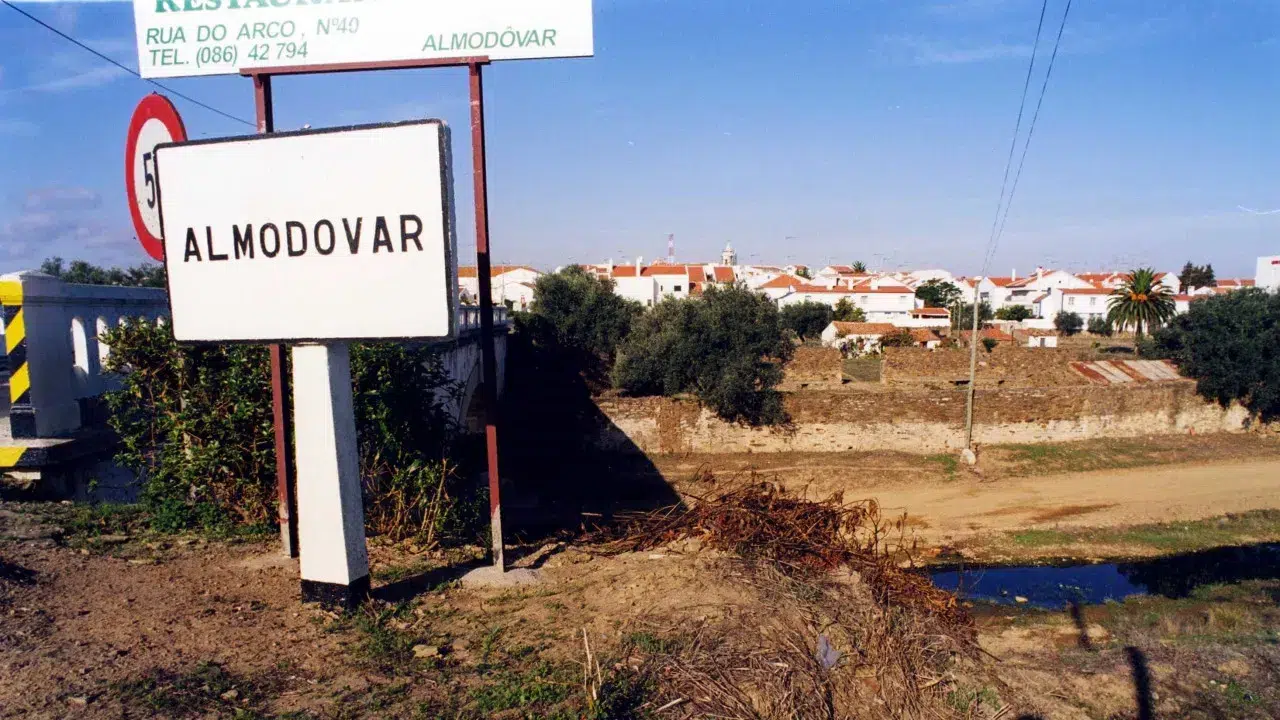
There are fewer children out of school, but “the number of scholarship recipients from poorer families has been declining,” reveals the report ‘Annual Education Balance 2025’ released today, which provides an overview of education in Portugal over recent years.
The educational network is increasingly universal, yet funds allocated for social school action (ASE) at the basic and secondary education levels remain “at absolute levels very similar to the pre-pandemic period,” according to the study released by Edulog, the education think tank of the Belmiro de Azevedo Foundation.
Researchers indicate this reflects a “real decline in state spending on social school action,” which “conceals a significant decrease in the number of beneficiaries” among the poorest, particularly during the financial and pandemic crises, specifically those in categories A and B.
Between the 2018/2019 and 2023/2024 academic years, the percentage of second cycle students with ASE A dropped from 20.5% to 17.4%, and in the third cycle, from 17.8% to 14.8%.
In secondary education, the percentage of the most disadvantaged students supported decreased from 9.2% to 7.6%, according to data from the Directorate-General for Education and Science Statistics (DGEC) in Continental Portugal.
“This evolution pattern is partly due to the progressive mismatch of eligibility thresholds that have not been progressively adjusted, with a greater impact on relatively poorer families. More recently, the number of beneficiaries increased due to the rise in beneficiaries in category C,” the report states.
Researchers also warn about the dangers of having fewer secondary students supported at a “critical transition moment,” when the risk of dropping out is higher as well as the danger of giving up on higher education.
In higher education, ASE beneficiaries and scholarship recipients have been increasing, and “coverage rates remain stable or are slightly declining.”
Social action can translate into scholarships but also into cost reductions or improved conditions for attending higher education. In these cases, there has been a noticeable increase in funding compared to the pre-pandemic period, especially since 2023, when eligibility thresholds were raised.
Over a decade (from 2011/12 to 2021/22), the total number of scholarships awarded to higher education students increased from just over 56,000 to 85,892, representing an increase of more than 50%, according to ministry data from 2024.
However, families continue to bear a “relatively high part of the expense” both at the preschool and higher education levels, which represents a “very significant effort” for families.
Compared to the OECD average, Portuguese families face a much higher cost both in preschool (33% compared to the 12.5% OECD average) and higher education (26.7% vs. 19.2%).
Researchers warn that this financial effort could create equity issues at these two levels of education.
The study also addresses the evolution of education funding: Between 2019 and 2023, there was a real increase in public investment of about 6.6%, with the most significant relative increase in preschool, first and second cycle basic education (16.6%) and higher education (12.9%).
The aging of the teaching workforce is also highlighted, with researchers noting the increase in teachers over 50 across all education levels: In the 2022/2023 academic year, approximately 60% of second and third cycle and secondary education teachers were aged 50 or above, with the figure dropping to 56.1% in preschool and 44.5% in the first cycle.




